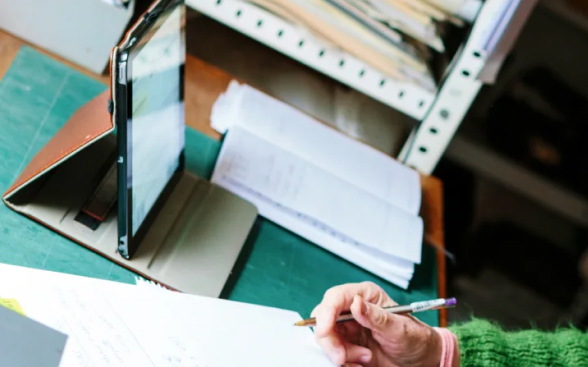Menu
* A Grant DOI (digital object identifier) is a unique, open, global, persistent and machine-actionable identifier for a grant.
The neuronal mechanisms underlying conscious perception are strongly debated. One of the big questions in the field is whether consciousness arises primarily through recurrent interactions between groups of brain cells in a small area (such as the visual cortex), or whether interactions between regions across the brain (such as visual cortex and prefrontal cortex) are required.
This project, from a team led by Umberto Olcese and Timo Stein at the University of Amsterdam, will combine robust scientific methods in studies in mice to address this question. The research team will use a technique called optogenetics to let them precisely stimulate and monitor very specific groups of brain cells. They will also use a method called visual masking to influence what the mouse sees.
The first part of the project will be to develop a new method for estimating the likelihood that a mouse is conscious of a particular stimulus, such as a shape shown on a screen. This will be compared to similar experiments in humans to validate the method. Although previous studies indicate that research in rodents can provide useful information about consciousness, this new “interspecies approach” may help us understand to what extent this particular new method can be relied upon.
The second part of the project will use optogenetics to inactivate certain communication pathways in the brain (either top-down projections from prefrontal to visual cortices, or feedback projections from higher-order visual areas to primary visual cortex) and observe their effects on consciousness. If successful, the results will support one of these views, and by extension, the theories of consciousness that rely on them, including Global Neuronal Workspace, Higher-Order Thought Theory, Integrated Information Theory and the Recurrent Processing Theory. Finally, multi-area recordings will be used to investigate the neuron-level mechanisms of consciousness.
The main output of the project will be empirical research articles and an associated dataset, aimed primarily at brain and cognitive scientists, that will support a set of theories of consciousness, while at the same time challenging others.
